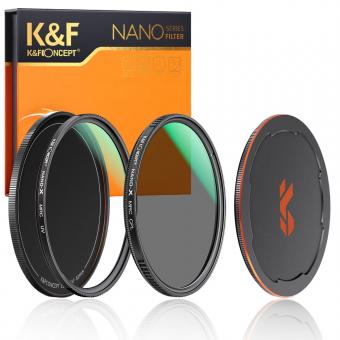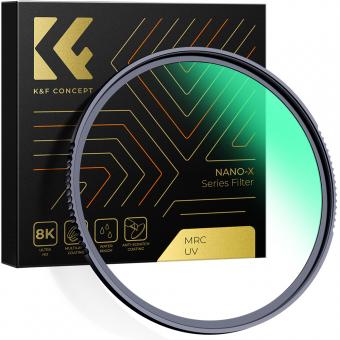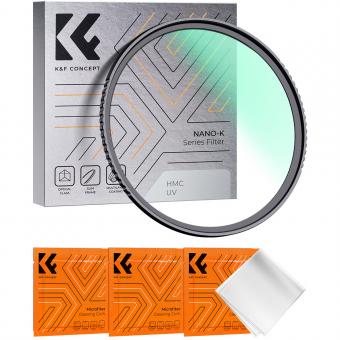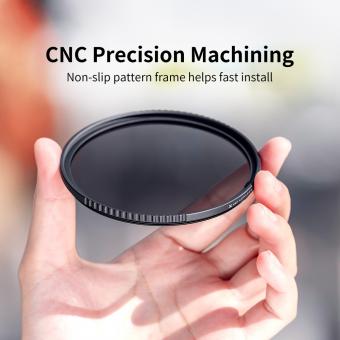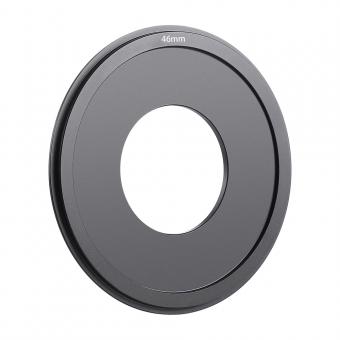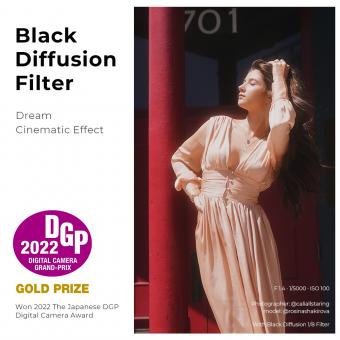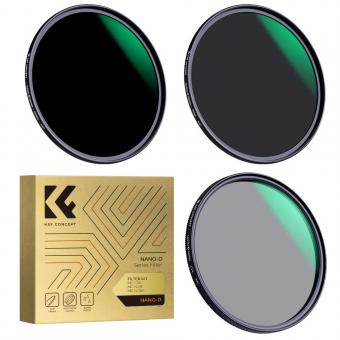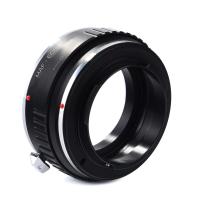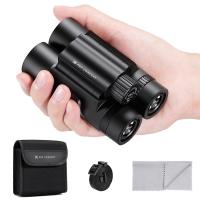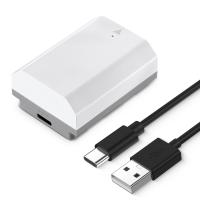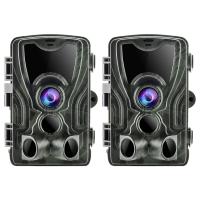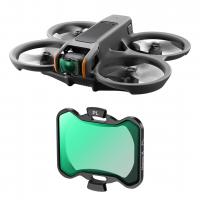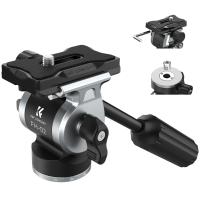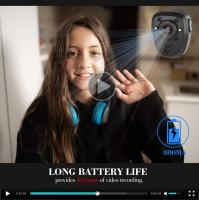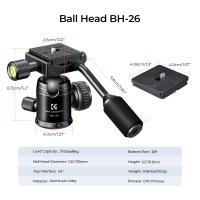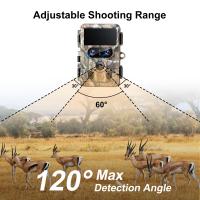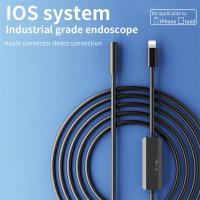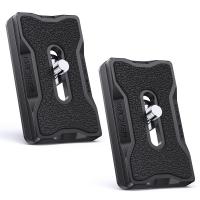How Much Uv Does Glass Filter ?
Glass can filter out a significant amount of UV radiation, depending on the type of glass and its thickness. Ordinary glass can block up to 97% of UVB rays and 37% of UVA rays. However, it is important to note that not all glass is created equal, and some types of glass may not provide adequate protection against UV radiation. Additionally, the effectiveness of glass in filtering UV radiation can be reduced over time due to factors such as exposure to sunlight and wear and tear. Therefore, it is still recommended to use additional measures such as sunscreen and protective clothing to minimize UV exposure.
1、 UV-A and UV-B transmission through glass
Glass is known to filter out a significant amount of UV radiation, particularly UV-B radiation. However, the amount of UV radiation that is filtered out by glass depends on various factors such as the type of glass, thickness, and the wavelength of the UV radiation.
UV-A radiation has a longer wavelength and is less harmful to the skin compared to UV-B radiation. Glass is known to transmit a significant amount of UV-A radiation, with up to 75% of UV-A radiation passing through standard glass. This means that even when indoors, individuals can still be exposed to UV-A radiation, which can contribute to skin aging and other skin-related issues.
On the other hand, UV-B radiation has a shorter wavelength and is more harmful to the skin. Glass is known to filter out a significant amount of UV-B radiation, with up to 98% of UV-B radiation being blocked by standard glass. This means that individuals are less likely to be exposed to harmful UV-B radiation when indoors.
It is important to note that while glass does filter out a significant amount of UV radiation, it is not a complete barrier. Therefore, it is still important to wear sunscreen and protective clothing when spending time outdoors, even when indoors for extended periods.
In recent years, there has been a growing concern about the potential harmful effects of blue light, which is a type of high-energy visible (HEV) light that is emitted by electronic devices such as smartphones and computers. While blue light is not UV radiation, it can still contribute to eye strain and other eye-related issues. Some types of glass are now being designed to filter out blue light as well, providing additional protection for individuals who spend a lot of time in front of electronic devices.
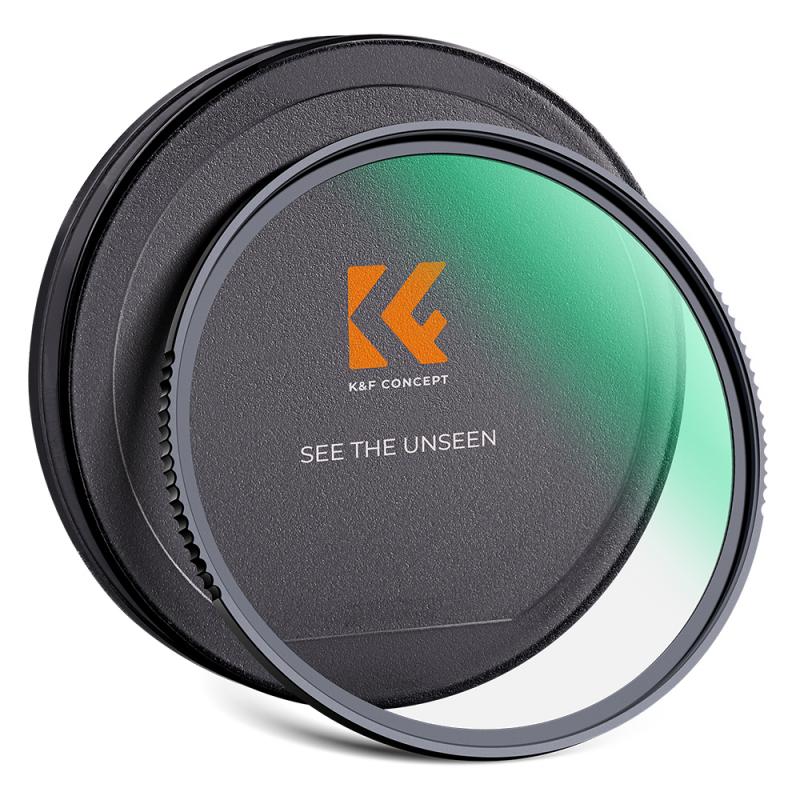
2、 Factors affecting UV transmission through glass
Factors affecting UV transmission through glass include the type of glass, thickness, and the presence of coatings or additives. Generally, glass does filter out some UV radiation, but the amount depends on these factors.
Clear glass typically filters out about 50% of UVB radiation and 25% of UVA radiation. However, thicker glass and glass with certain coatings or additives can filter out even more UV radiation. For example, tempered glass can filter out up to 90% of UV radiation, while laminated glass can filter out up to 99% of UV radiation.
The latest point of view on UV transmission through glass is that it is important to consider the specific type of glass being used and its intended application. For example, if the glass is being used in a greenhouse or for sunroom construction, it may be beneficial to use glass that filters out more UV radiation to protect plants and furniture from damage. On the other hand, if the glass is being used for medical or scientific purposes, it may be necessary to use glass that allows more UV radiation to pass through for certain experiments or treatments.
Overall, while glass does filter out some UV radiation, the amount depends on various factors and should be considered carefully when selecting glass for a particular application.
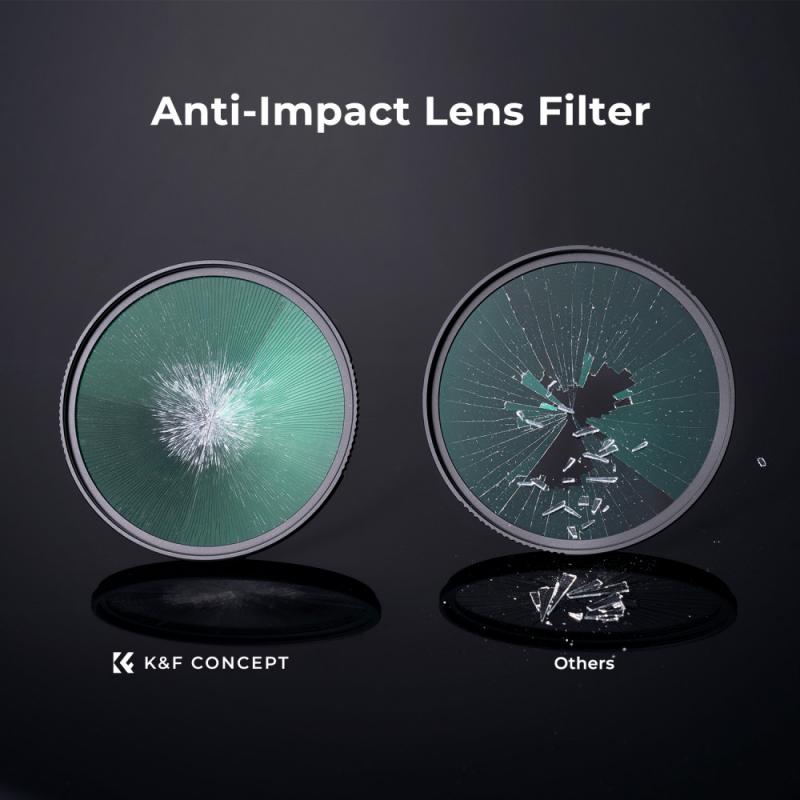
3、 Types of glass and their UV filtering properties
Types of glass and their UV filtering properties vary depending on the composition of the glass. Generally, glass is known to filter out a significant amount of UV radiation, but the amount filtered depends on the type of glass.
Clear glass, which is commonly used in windows, filters out about 75% of UVB rays and 25% of UVA rays. However, it does not provide complete protection from UV radiation, and prolonged exposure to sunlight through clear glass can still cause skin damage and increase the risk of skin cancer.
Tinted glass, on the other hand, provides better UV protection than clear glass. The amount of UV radiation filtered depends on the darkness of the tint. For example, light tinted glass filters out about 30% of UV radiation, while dark tinted glass can filter out up to 95% of UV radiation.
Low-E glass, which is coated with a thin layer of metal oxide, provides even better UV protection than tinted glass. It can filter out up to 99% of UV radiation, making it an ideal choice for areas with high sun exposure.
In recent years, there has been a growing interest in using UV-blocking glass in buildings and homes to protect against the harmful effects of UV radiation. Some manufacturers have even developed specialized glass that can filter out specific wavelengths of UV radiation, such as UVC radiation, which is known to be harmful to human health.
Overall, the amount of UV radiation filtered by glass depends on the type of glass and its composition. While glass can provide some protection against UV radiation, it is still important to take additional measures, such as wearing sunscreen and protective clothing, to minimize the risk of skin damage and cancer.
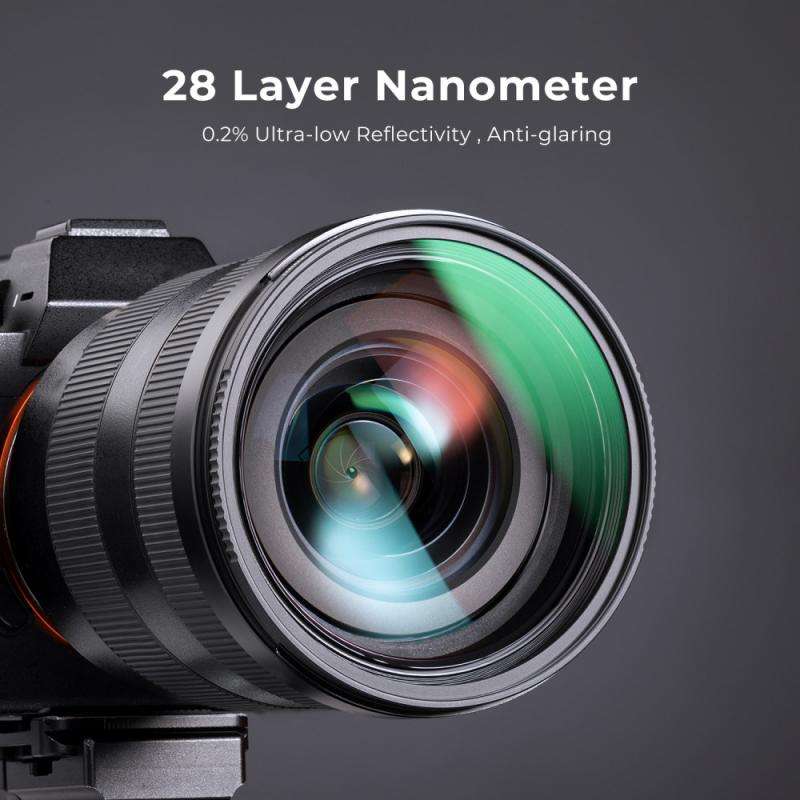
4、 UV protection in architectural glass design
How much UV does glass filter in terms of UV protection in architectural glass design is a complex question that depends on various factors such as the type of glass, thickness, coatings, and manufacturing process. Generally, glass can filter out up to 99% of UV radiation, but this can vary depending on the glass type and other factors.
Architectural glass design has evolved over the years to incorporate various technologies that enhance UV protection. For instance, low-E coatings are commonly used to reduce the amount of UV radiation that passes through the glass. These coatings are designed to reflect UV radiation away from the glass, thereby reducing the amount that enters the building.
Another technology that is gaining popularity in architectural glass design is the use of laminated glass. Laminated glass consists of two or more layers of glass that are bonded together with a layer of polyvinyl butyral (PVB) interlayer. This interlayer is designed to absorb UV radiation, thereby reducing the amount that passes through the glass.
In recent years, there has been a growing concern about the harmful effects of UV radiation on human health. As a result, architects and designers are increasingly incorporating UV protection into their designs. This has led to the development of new technologies such as electrochromic glass, which can be tinted to reduce the amount of UV radiation that enters the building.
In conclusion, the amount of UV radiation that glass filters depends on various factors such as the type of glass, thickness, coatings, and manufacturing process. However, with the advancements in architectural glass design, it is now possible to incorporate technologies that enhance UV protection and reduce the harmful effects of UV radiation on human health.



